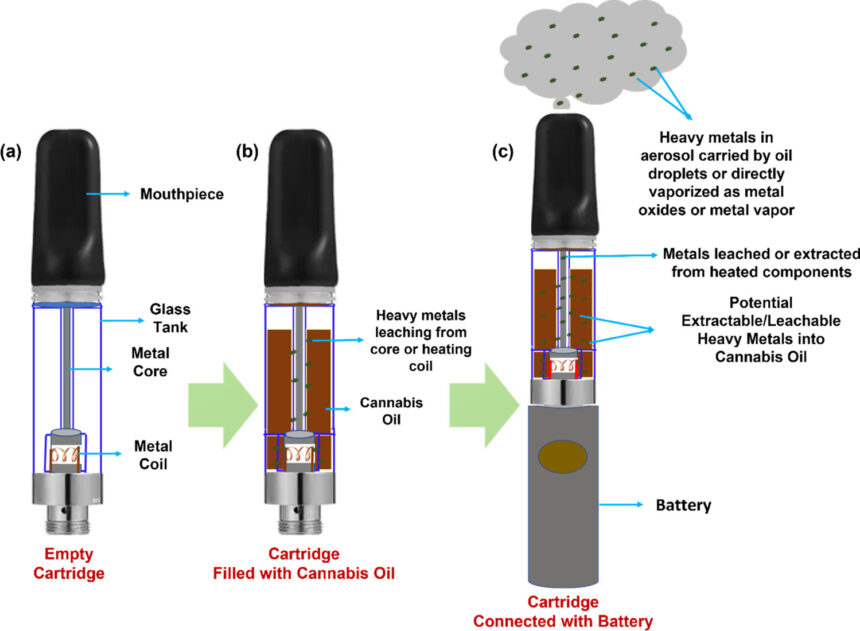Introduction
Ensuring the safety and efficiency of gas carts is a crucial aspect of fuel transportation and storage, especially in military and aviation applications. The Mr Gas Cart LAV Test is a specialized testing procedure that helps detect leaks, ensure compliance, and maintain optimal performance. This guide will walk you through everything you need to know about gas cart leak testing, inspection procedures, and best practices for safety and compliance.
What is a Mr Gas Cart LAV Test?
A Mr Gas Cart LAV Test is a leak and pressure test performed on gas carts to ensure there are no fuel leaks, structural defects, or system inefficiencies. This test is crucial for:
- Preventing hazardous leaks that could lead to fire hazards.
- Ensuring compliance with industry safety standards.
- Extending the lifespan of fuel carts by detecting maintenance issues early.
Why is Gas Cart Testing Important?
Ensuring Safety and Compliance
Gas cart testing is essential for fuel containment safety, as a faulty gas cart can result in serious accidents. Regulatory standards require regular gas cart maintenance checks to prevent fuel system failures.
Preventing Fuel Loss and Contamination
A gas cart leak test helps prevent fuel leaks, ensuring that fuel remains pure and uncontaminated. Contaminated fuel can damage engines, leading to operational failures.
Understanding Gas Cart Leak Testing
How a Gas Cart Leak Test Works
A gas cart leak test typically involves:
- Visual inspection to check for visible damage.
- Pressure testing to detect leaks in the system.
- Using leak detection sensors for accurate results.
Common Issues in Gas Cart Leak Tests
- Pressure loss due to faulty seals.
- Cracks or corrosion in fuel storage units.
- Defective valves leading to fuel leaks.
How to Perform a Mr Gas Cart LAV Test?
Performing a Mr Gas Cart LAV Test involves multiple steps:
1. Preparation for the Test
Before starting, ensure:
- Proper safety gear is worn.
- The gas cart is emptied and cleaned.
- All leak detection tools are available.
2. Step-by-Step Testing Process
- Conduct a preliminary inspection.
- Use leak detection equipment to test for escaping fuel.
- Perform pressure and containment tests.
- Record results and take corrective action if needed.
Safety Measures and Compliance in Gas Cart Testing
Regulatory Standards for Gas Carts
The aviation and military sectors have strict fuel cart safety inspection requirements to ensure that fuel carts remain operational and free of leaks.
Preventive Maintenance for Fuel Carts
Routine maintenance includes:
- Regular pressure checks.
- Sealing and gasket replacement.
- Use of advanced gas safety assessment tools.
Troubleshooting Gas Cart Leak Test Failures
What to Do If a Gas Cart Fails the Test?
If a gas cart leak test fails:
- Identify the leak source and assess damage.
- Replace faulty components such as seals or valves.
- Retest after repairs to ensure proper sealing.
Maintenance and Inspection Intervals for Gas Carts
How Often Should Gas Carts Be Tested?
- Every six months for high-pressure fuel systems.
- Before deployment for military and aviation use.
- After every major repair or refueling operation.
Final Thoughts on Mr Gas Cart LAV Test
A Mr Gas Cart LAV Test is essential for ensuring fuel cart efficiency, safety, and compliance. By following a strict testing and maintenance schedule, organizations can prevent fuel leaks, ensure regulatory compliance, and extend the lifespan of gas carts.
FAQs
1. What is the purpose of a Mr Gas Cart LAV Test?
The Mr Gas Cart LAV Test ensures gas carts are free from leaks and function efficiently, reducing safety hazards and complying with industry standards.
2. How often should a gas cart be tested?
A gas cart should undergo regular maintenance every six months, or before deployment in military or aviation operations.
3. What equipment is used in gas cart leak testing?
Leak detection sensors, infrared scanners, gas pressure testers, and visual inspection tools are commonly used for accurate leak detection.
4. What are the signs of a gas cart leak?
Signs include fuel stains, pressure drops, unusual odors, and sensor alerts, indicating possible leaks in the system.
5. Can I perform a Mr Gas Cart LAV Test myself?
Yes, but it is recommended to use certified testing equipment and follow standard procedures to ensure accurate and compliant results.
Explore more : hadokin









